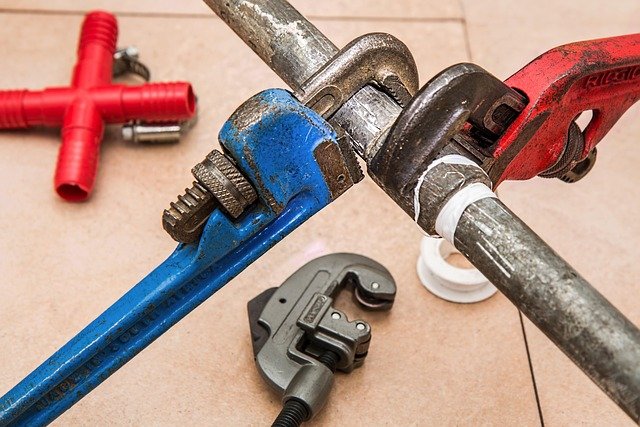Duct tape: uses, materials, and practical tips
Duct tape is a flexible, cloth-backed adhesive tape used for quick fixes, sealing, and crafting. Often compared with clear tape for appearance and strength, duct tape combines a pressure-sensitive adhesive and a fabric scrim to resist tearing. This article explains how duct tape works, when to choose clear tape, and practical repair and DIY applications.

What is duct tape and how is it made?
Duct tape is typically composed of three layers: a polyethylene or similar outer backing, a woven cloth or scrim in the middle for tensile strength, and a pressure-sensitive adhesive on the underside. The cloth layer gives duct tape its characteristic peel-and-tear convenience, while the outer coating provides water resistance and durability. Different manufacturers vary the materials and adhesive formulas to optimize for temperature, stretch, or residue.
When to use clear tape versus duct tape?
Clear tape and duct tape serve different purposes. Clear tape (usually polypropylene or cellulose film with a light adhesive) is designed for low-visibility sealing, lightweight packaging, and paper repair. Duct tape is heavier-duty, intended for structural holding, temporary sealing of vents or ducts, and outdoor repairs where strength matters. Choose clear tape for neat, near-invisible fixes and duct tape when strength, abrasion resistance, or weather tolerance are priorities.
How duct tape’s adhesive properties work
The adhesive on duct tape is typically a rubber-based, pressure-sensitive formulation designed to bond to rough and smooth surfaces quickly. Pressure-sensitive adhesives adhere on contact and increase bond strength over time. Adhesive performance depends on surface cleanliness, temperature, and the material being bonded. Rubber adhesives are tacky and versatile, while more specialized acrylic adhesives offer better long-term UV and heat resistance but may behave differently during removal.
Common repair uses and DIY projects
Duct tape is widely used for temporary repair tasks: patching torn fabric, holding broken tools together, sealing cracked hoses in an emergency, or bundling items for transport. In DIY projects, duct tape can be used to make wallets, reinforce cardboard, waterproof small containers, or create templates and stencils. For many household repairs, duct tape provides a rapid, low-cost solution; however, it is usually a temporary measure rather than a permanent repair for structural failures or critical systems.
Tips for safe removal and proper storage
Removing duct tape cleanly depends on adhesive type and surface. Heat (hair dryer or sunlight) often softens adhesive and reduces residue, while careful scraping with a soft-edged tool can lift stubborn patches. Test removal in an inconspicuous area for delicate surfaces like painted walls or finished wood. Store duct tape in a cool, dry place away from direct sunlight to preserve adhesive life. For projects requiring low-residue removal, consider tapes explicitly labeled removable or designed for delicate surfaces.
Conclusion
Duct tape is a versatile, multi-layer product that combines a fabric scrim, a protective backing, and a pressure-sensitive adhesive to address a wide range of repair and DIY needs. While clear tape offers a discreet option for lightweight tasks, duct tape provides strength and weather resistance for tougher jobs. Understanding material properties, appropriate applications, and removal methods helps ensure effective and responsible use of each tape type.






